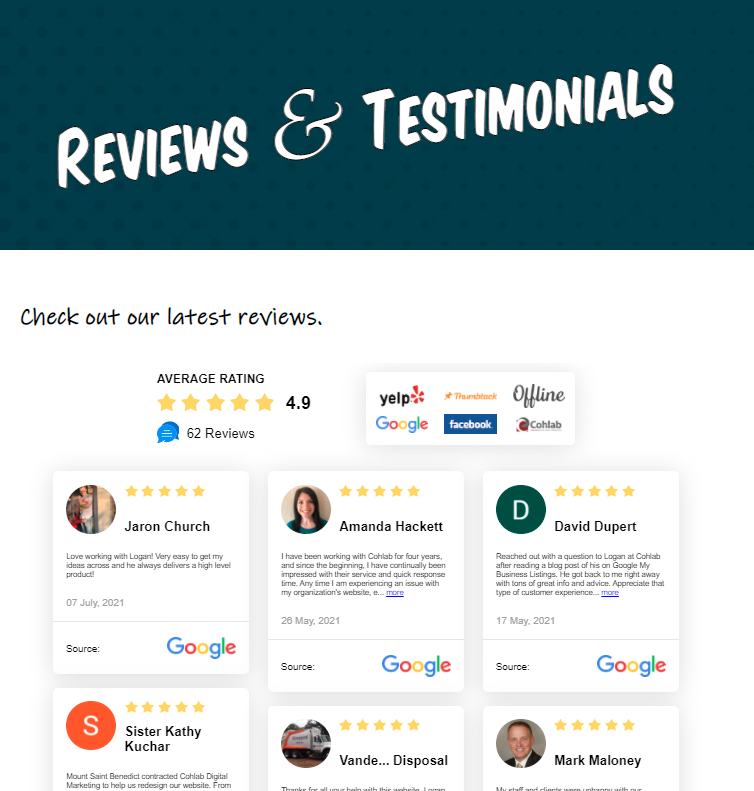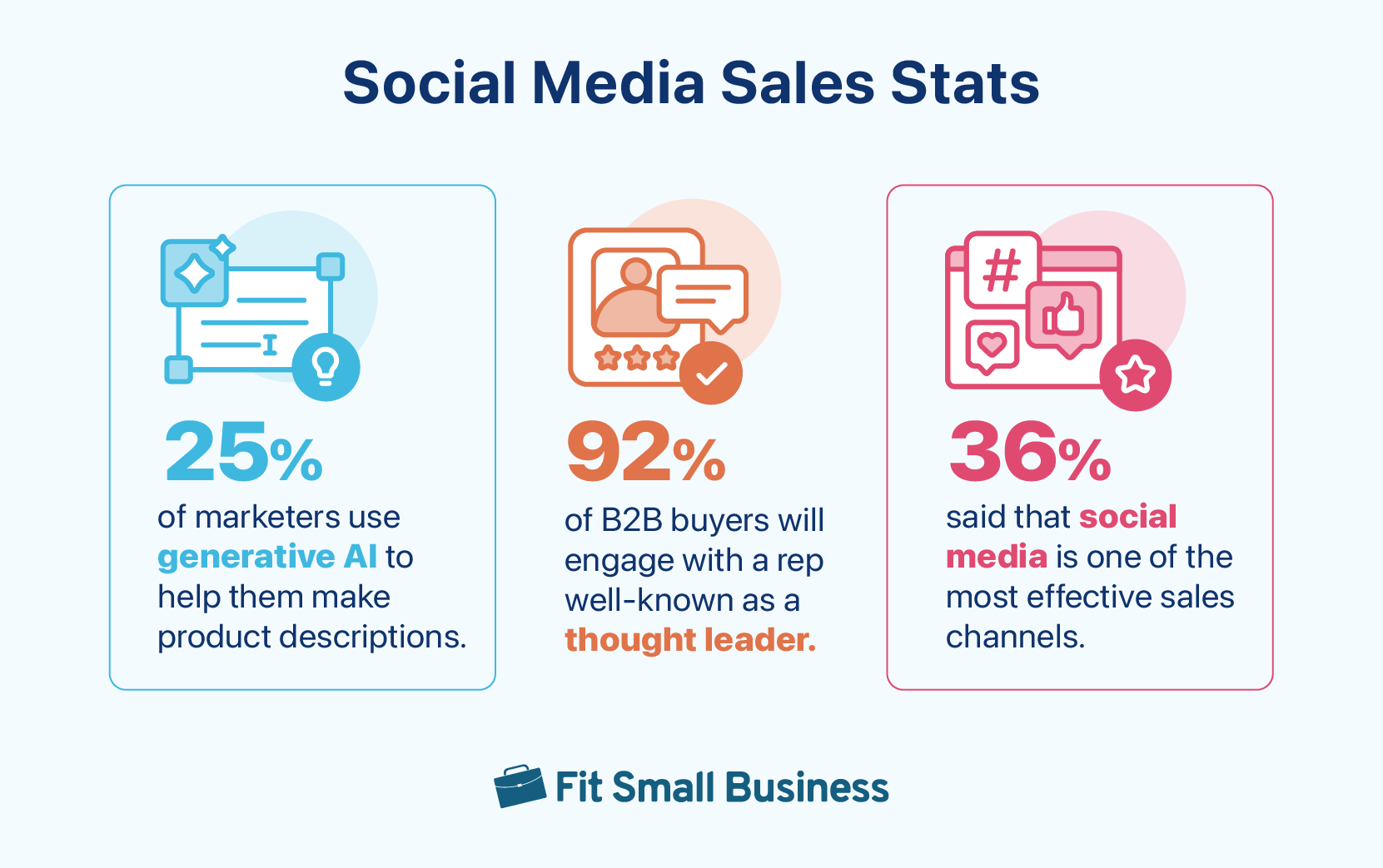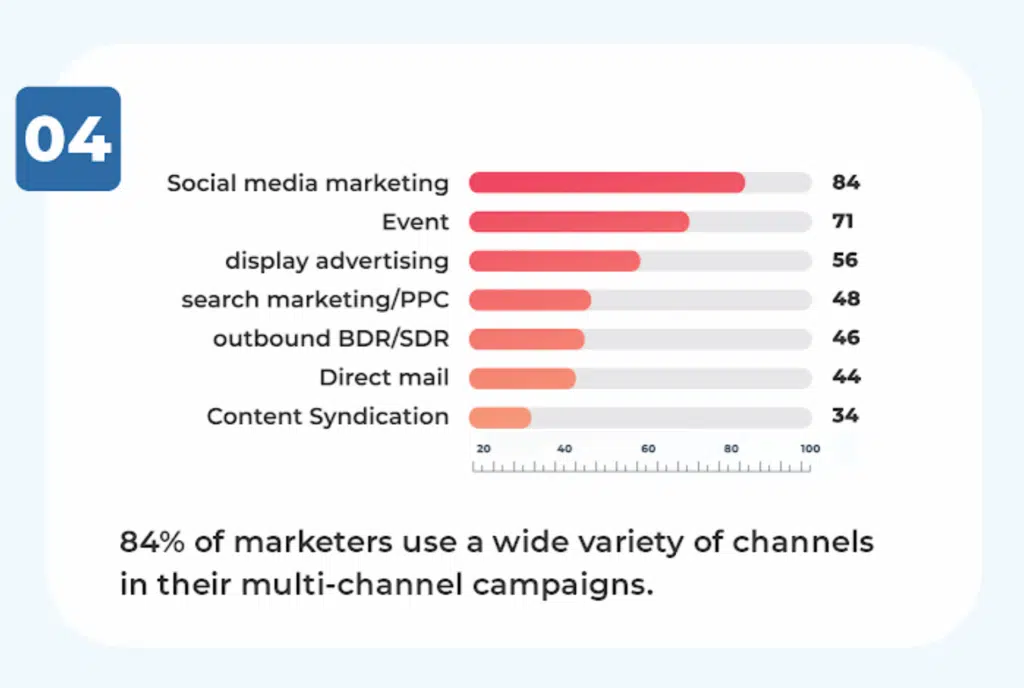Master Product Launch Phases: From Concept to Sales Success
Launching a new product involves several crucial stages that one can get ready for
Understanding the Product Launch Lifecycle
Bringing a new product to market is a complex journey with critical phases that can determine your launch's success. For entrepreneurs and businesses, grasping these phases is essential when introducing a new offering.
Product launches extend far beyond the day you open your doors or publish your website. They involve a carefully planned series of events that start long before your product debuts and continue well after customers start using it.
A study by Harvard Business School reveals that 95% of new products fail. This stark statistic highlights the need for a well-planned launch strategy. By breaking down the launch process into distinct phases, you can systematically address each aspect of your product's market entry, boosting your chances of success.
The Pre-Launch Phase: Lay the Groundwork
The pre-launch phase sets the foundation for success. This crucial period involves market research, product development, and building anticipation among your target audience.
During this time, conduct thorough market analysis to understand your potential customers' needs and pain points. This research will shape your product development and marketing strategies, ensuring you create something people want and know how to reach them effectively.
Another key aspect of the pre-launch phase is generating excitement. Consider using teaser campaigns, early access programs, and influencer partnerships. By creating anticipation before your product is available, you prepare the market for a successful launch.
 Source: Smartsheet
Source: Smartsheet
The Launch Phase: Make a Splash!
The launch phase marks your product's big debut. This is when all your preparation pays off, and you finally introduce your offering to the world.
A successful launch day (or week, depending on your strategy) should involve a coordinated effort across all your marketing channels. This might include a press release, social media campaign, email outreach to your subscriber list, and potentially live events or webinars.
Remember, the launch phase aims not just to make sales but to create momentum. You want to generate enough excitement and interest to carry you through to the post-launch phase and beyond.
 Source: Hubspot
Source: Hubspot
The Post-Launch: a Critical Period
The period immediately following your launch is just as crucial as the launch itself. This is when you'll start to see real-world feedback and results, and you can make adjustments and capitalize on your initial momentum.
During this phase, closely monitor your sales, customer feedback, and market response. Be ready to act quickly to address any issues that arise and to capitalize on unexpected opportunities.
Collect Early Reviews for Social Proof
One of the most critical aspects of the post-launch phase is collecting and using early reviews. According to BrightLocal, 87% of consumers read online reviews for local businesses in 2020. This number is likely even higher for new products.
Encourage your early customers to leave reviews on your website, social media platforms, and relevant review sites. Consider offering incentives for honest feedback, such as discount codes for future purchases or entry into a giveaway.
Once you have these reviews, use them strategically. Highlight positive reviews in your marketing materials and on your product pages. For negative reviews, respond professionally and use the feedback to improve your product or service.
 Source: Cohlab.com
Source: Cohlab.com
Optimize Based on Initial Sales Data
Your first sales provide valuable data about your market, your product, and your sales process. Analyze this data carefully to spot trends and opportunities for improvement.
Look at metrics like conversion rates, average order value, and customer acquisition cost. Are certain marketing channels performing exceptionally well or poorly? Do specific features of your product resonate more with customers than others?
Use these insights to refine your marketing strategy, adjust your pricing if needed, and guide future product development. Remember, a product launch isn't a one-time event, but the start of an ongoing process of improvement and adaptation.
Scaling Up: From First Sales to Sustainable Growth
After successfully navigating the initial launch phases, focus on scaling your business. This involves expanding your customer base, streamlining your operations, and potentially introducing new products or features.
Scaling goes beyond just increasing sales. It's about building a sustainable business model that supports long-term growth. This might involve growing your team, improving your supply chain, or investing in new technologies to streamline operations.
 Source: FitsSmallBusiness
Source: FitsSmallBusiness
Expand Your Market Reach
As you look to grow, consider ways to expand your market reach. This could mean targeting new customer segments, moving into new geographic areas, or exploring new sales channels.
For example, if you've primarily sold through your own website, you might consider expanding to marketplaces like Amazon or partnering with brick-and-mortar retailers. Or, if you've focused on a particular demographic, you might explore ways to adapt your product or marketing to appeal to a broader audience.
 Source: PassiveSecrets.com
Source: PassiveSecrets.com
Innovate and Iterating
Remember that product launch phases don't end with your initial offering. Successful businesses constantly innovate and iterate based on market feedback and changing customer needs.
Consider implementing a regular cycle of product updates or new feature releases. This not only keeps your existing customers engaged but also provides opportunities to re-engage past customers and attract new ones.
According to McKinsey, companies that successfully scale innovations grow at twice the rate of those that fail to scale.
Final Words
By viewing your product launch as an ongoing process rather than a one-time event, you position yourself for long-term success in today's dynamic market landscape. Stay responsive to customer needs, keep innovating, and always be ready to adapt to new challenges and opportunities as they arise.
